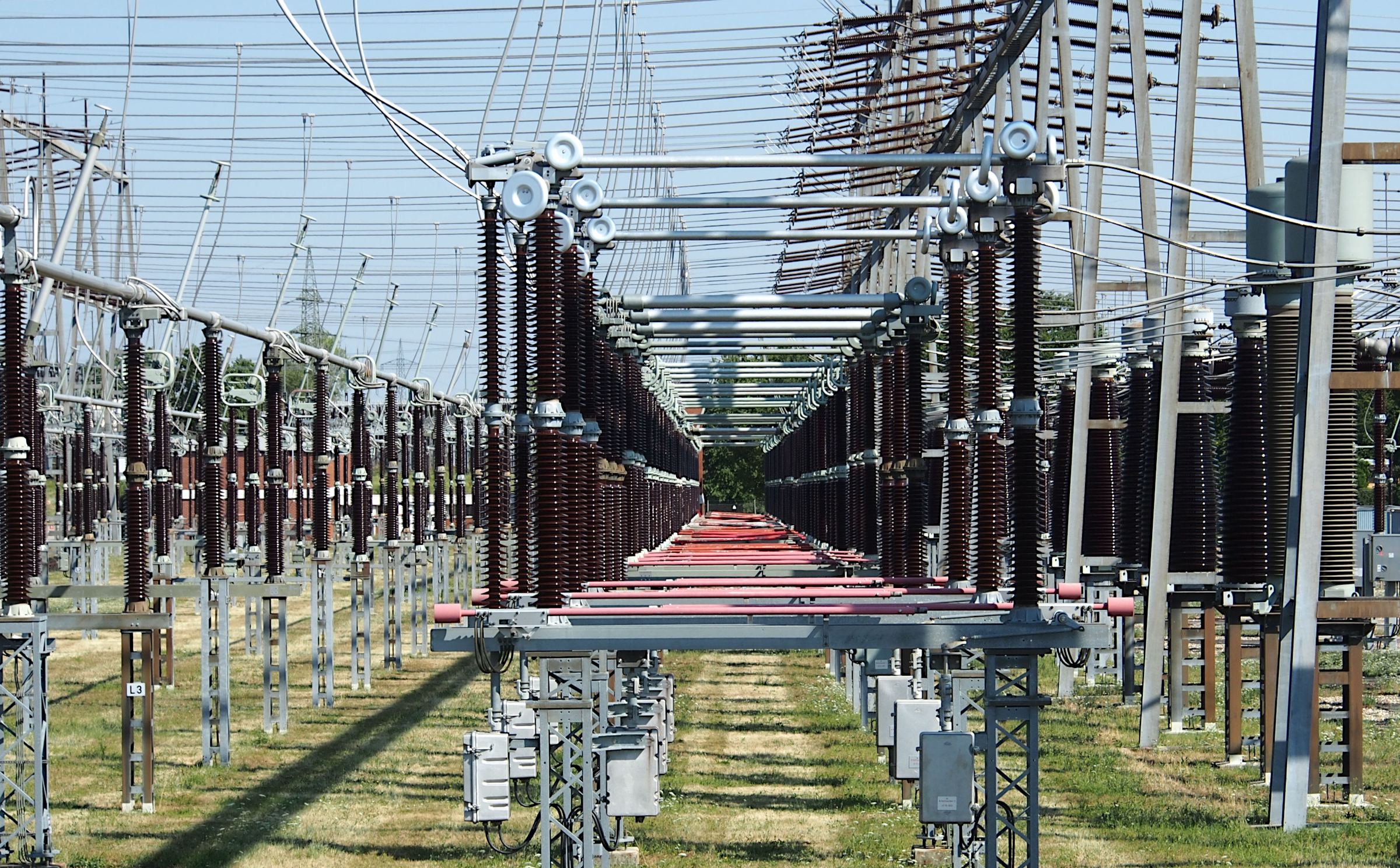PERFORMANCE EVALUATION OF LORAWAN UNDER DIVERSE NETWORK SETTINGS: CURRENT APPLICATIONS AND FUTURE PROSPECTS
Keywords:
WSN, LDCNs, LoRaWAN, ALOHA, LBTAbstract
LoRaWAN (Long Range Wide Area Network) is widely recognized as a leading communication protocol for the Internet of Things (IoT). It is designed for long-range, low-power, and low-data-rate wireless communication. LoRaWAN is particularly suitable for Wireless Sensor Networks (WSNs) operating over Wide Area Networks (WANs). These characteristics make it ideal for smart cities, industrial monitoring, precision agriculture, and other large-scale IoT applications. The performance of LoRaWAN largely depends on the Media Access Control (MAC) techniques it employs. Two major MAC techniques are ALOHA and Listen Before Talk (LBT). ALOHA uses random access without carrier sensing. LBT, on the other hand, senses the channel before transmission. Each has advantages and limitations that impact performance under different network conditions. This study evaluates the performance of LoRaWAN and presents a detailed comparison between ALOHA and LBT in the context of LoRaWAN. All the simulations are conducted using OMNeT++ with a network of 100 nodes. The evaluation focused on three key performance metrics: Packet Loss Ratio (PLR), End-to-End Delay, and Power Consumption. The results show that ALOHA is more energy-efficient. It avoids channel sensing, which reduces power usage. However, it leads to higher packet collisions, especially in dense networks. This causes significant packet loss and communication overhead. LBT, in contrast, offers better reliability. It senses the channel before transmitting, which reduces collisions and improves delivery. But this also increases energy consumption due to constant listening. This trade-off is important for designing efficient LoRaWAN-based systems. The choice between ALOHA and LBT should consider the network size, density, and energy constraints. Additionally, this study highlights current and future applications of LoRaWAN. It emphasizes the protocol’s potential as a backbone for next-generation IoT systems that demand scalable, reliable, and energy-aware communication.
















